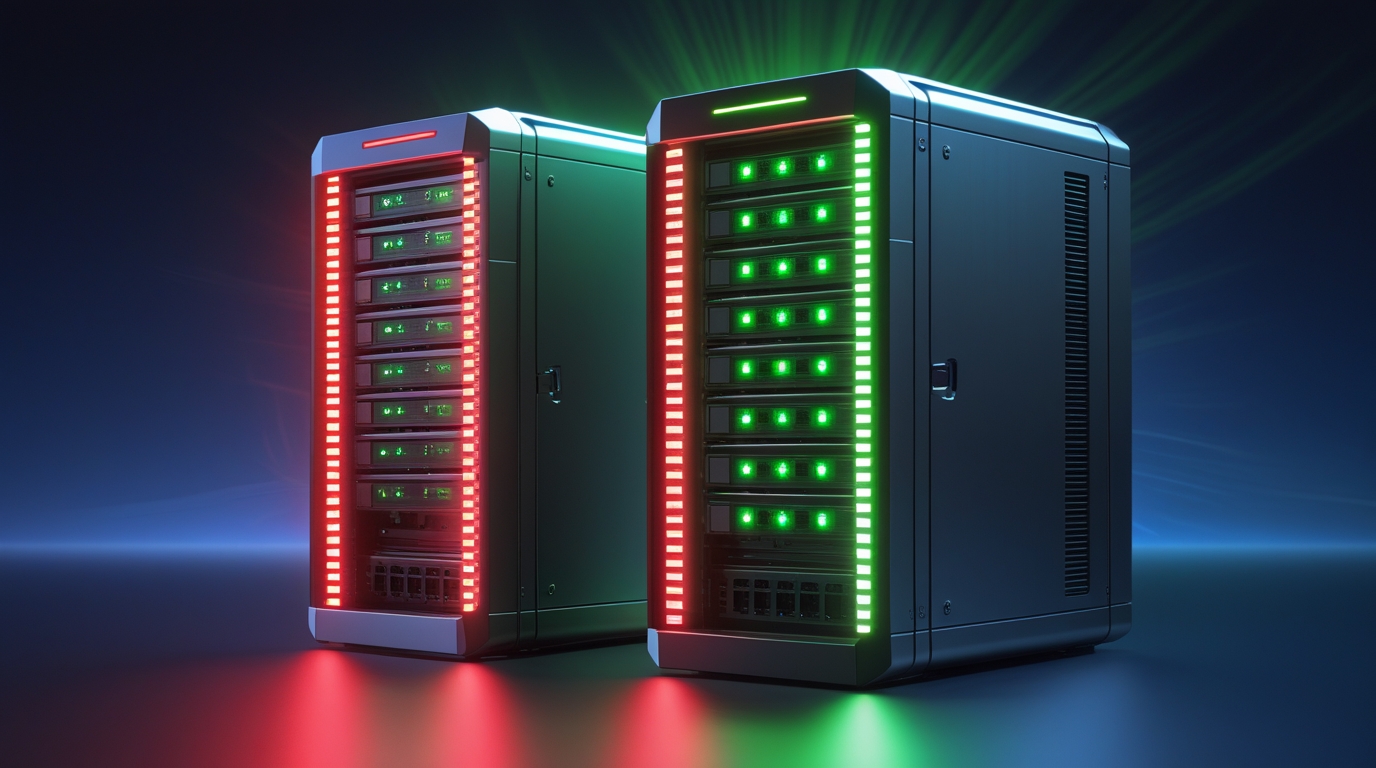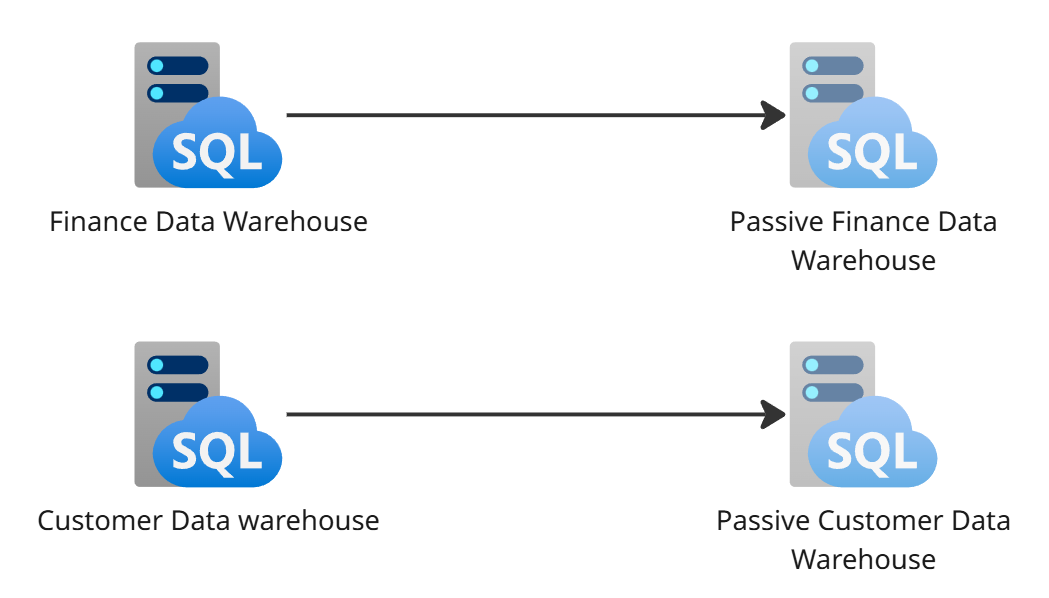
During a routine cloud audit, we spotted something that made us pause: two SQL Managed Instances in Azure, each with passive replicas - four databases in total. The monthly cost? $6,000. For an internal data warehouse that wasn't customer-facing.
One simple question changed everything: "Why do we have active/passive replication on the data warehouse?"
The answer was revealing: "We had two VMs on-prem." This was a classic case of lift-and-shift thinking - taking on-premises architecture and replicating it in the cloud without questioning if it still made sense.

Here's the catch: Azure's SQL Managed Instance is a premium service and already guarantees 99.99% SLA. Those passive replicas? They were expensive overkill, a relic of the on-premises mindset where you had to build your own redundancy.
The fix was straightforward but required careful validation:
- We confirmed with the resource owners that the passive replicas were rarely, if ever, used
- We verified that the 99.99% SLA of Azure SQL Managed Instance met their needs
- With a few clicks, we right-sized the environment
The result? $3,000/month saved by removing the passive replicas. $36,000 saved every year. Just by asking one question and challenging an assumption carried over from on-premises architecture.
Why This Matters for You
Cloud ≠ Lift-and-Shift: Modern cloud services like Azure SQL Managed Instance build in redundancy that you used to have to DIY. When you lift and shift, you might be paying for redundancy you don't need.
"Set It and Forget It" is a Profit Leak: Cloud environments need periodic reviews through a cloud-native lens. What made sense in your data center might be wasteful in the cloud.
Savings Hide in Plain Sight: Even tech-savvy teams can miss optimizations without fresh eyes. Sometimes the biggest savings come from questioning assumptions that everyone takes for granted.
At Koritsu AI, we don't just look at your cloud bill - we look at why it is what it is. Because sometimes, the most expensive part of your cloud infrastructure isn't what you're using, but what you're carrying over from the past.